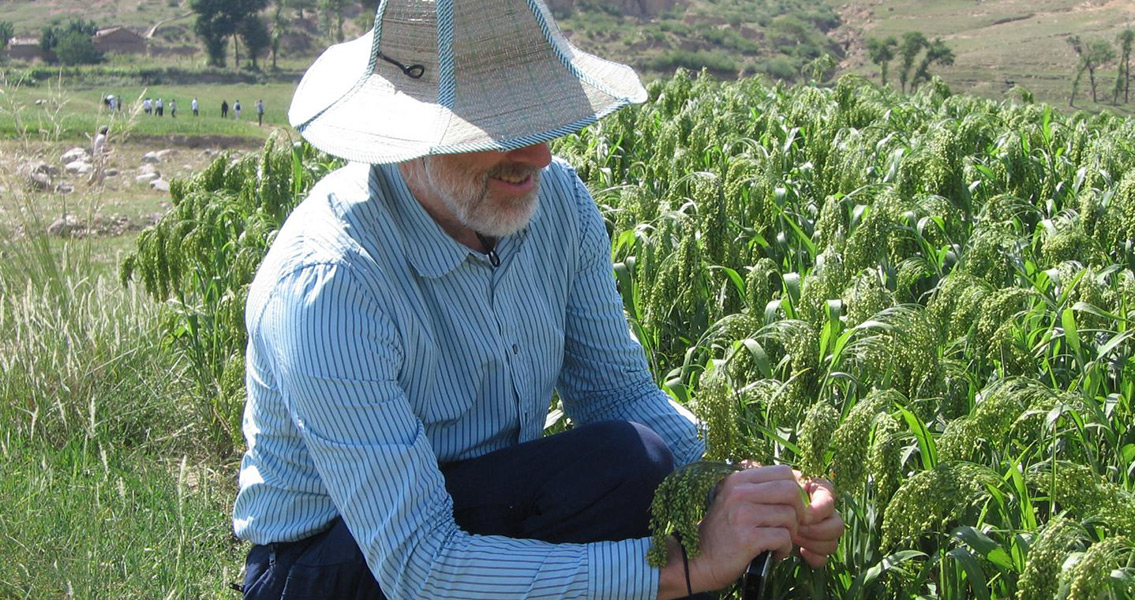<![CDATA[Recently published research has shown that millet – the small-seeded grass species most commonly used today as birdseed in the developed world – was instrumental in the development of human agriculture and the settlement of agrarian societies. An international team of researchers from China, the United States and the United Kingdom have investigated the role this nearly forgotten cereal grain had on early human agricultural development. Evidence exists that early human shepherds carried millet as they spread across Eurasia and used it in conjunction with the new and different cereal grains they encountered along the way, leading to agricultural pursuits involving multiple crops. Scientists have traced the domestication of millet to around 10,000 years ago in northern China, as the crop turned out to be ideal for bridging the gap between itinerant hunter-gatherer lifestyles and more organized agrarian pursuits during the Neolithic. Researchers have traced the grain’s spread from its origin point through Inner Mongolia and ultimately Europe via geographical conditions that favor the growth of the crop. With a short growing season, a low water requirement, and a penchant for flourishing in uphill locations, millet can be planted and harvested in just 45 days, making it an ideal crop for more mobile populations. Through isotope analysis and radiocarbon dating techniques, the scientists were able to examine charred millet grains that had been found in archaeological digs in both Inner Mongolia and North China and compare them to modern varieties of the crop in order to discover how millet was domesticated during the Neolithic. The research findings show that northern China was one of the earliest places in the world where millet was being domesticated, roughly coinciding with the domestication of wheat, barley and rice in other regions of China. This domestication and eventual introduction of millet to other regions as a complementary crop aided in the development of more complex agricultural methods. With different crops flourishing in different locations – and with different water requirements in order to thrive – those who sought to grow these crops needed to work together in ways that encouraged settlements and community-building. The versatility of millet as a crop is something that may be used to safeguard against modern crop failures, according to the scientists involved in the study, which is to be presented at the Shanghai Archaeological Forum prior to publication. Study co-author Martin Jones from the University of Cambridge remarked in a press release that while millet crops are in decline in the modern era, and that it has attracted comparatively little in the way of scientific study, the research conducted into the cereal grain has had a transformative effect on our understanding of early human agriculture. The scientist said that it may be time to begin considering that millet varieties need to be re-introduced into modern high-yield crop agriculture in order to offset the reliance on wheat, maize and rice that currently fuels around half of the human food chain. Image courtesy of Martin Jones]]>
Millet Played Pivotal Role in Ancient Agriculture
